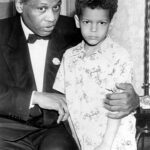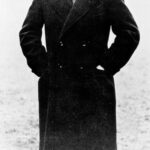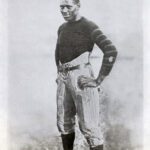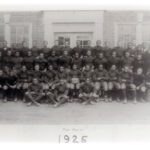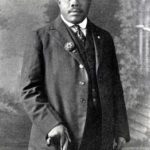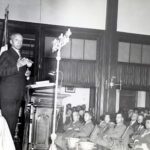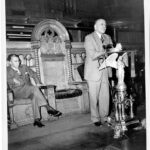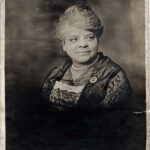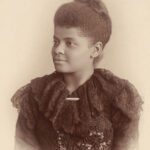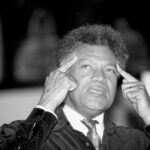
During the Jim Crow era, Black educators faced immense challenges within a segregated and unequal education system. Despite these barriers, they used innovative and often covert methods to ensure that African American students were exposed to their history, culture, and the skills necessary for empowerment. This resistance, often referred to as “fugitive pedagogy,” involved teaching beyond the approved curriculum, creatively circumventing oppressive restrictions. Figures such as Carter G. Woodson, known as the “Father of Black History,” and Anna Julia Cooper were pivotal in this effort.
Woodson’s establishment of Negro History Week (the precursor to Black History Month) and his seminal book The Mis-Education of the Negro exemplify how education was used as a form of resistance. Black educators during this time not only preserved cultural heritage but also inspired future generations to challenge systemic inequality. By understanding this history, educators can illuminate the transformative power of education and its role as a tool for social justice. This lesson connects these historical acts of resistance to modern efforts to achieve educational equity and empowerment.
New Jersey Student Learning Standards
- 6.1.8.HistoryCC.3.b: Explain how political parties were formed and continue to be shaped by differing perspectives regarding the role and power of federal government.
- 6.1.8.CivicsPI.3.a: Cite evidence to evaluate the impact of civic and political institutions on people’s lives.
Curriculum
- 3 Sections
- 3 Lessons
- Lifetime
- Stage 11
- Stage 21
- Stage 31
Lesson Materials:
| Name | Type |
|---|
